10 Must-See Spots In This Desert-Meets-Mountains Town + 8 Tourist Mistakes To Avoid

Tucked between desert plains and mountain peaks, this quiet Arizona town mixes wide-open nature with just the right amount of small-town charm. Set in the foothills of the Santa Catalina Mountains, it’s a great spot for hiking, exploring, and slowing things down.
Whether you’re staying for the weekend or stopping in for the day, a little local know-how goes a long way—especially when it comes to what’s worth your time and what to skip.
1. Biosphere 2

This futuristic glass structure rises from the desert floor like a sci-fi movie set. Biosphere 2 houses seven complete ecosystems under one roof, from rainforest to desert.
Tours take you through this living laboratory where scientists once sealed themselves inside for years. Book tickets online at least two days ahead—tours frequently sell out during peak seasons.
2. Oracle State Park
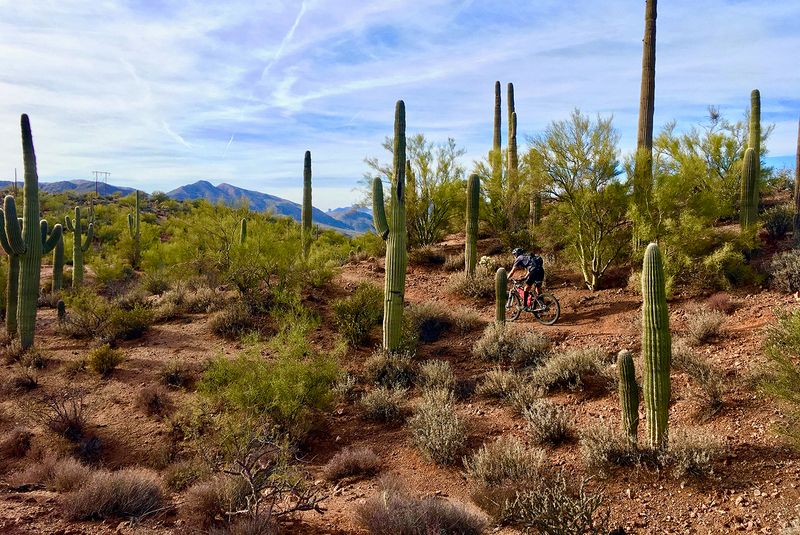
Sprawling across 4,000 acres of oak woodland, this natural haven offers respite from desert heat. The park features well-marked trails winding through grasslands and oak-studded hills.
Oracle State Park earned designation as an International Dark Sky Park, making evening stargazing spectacular. Spring wildflower season and fall color changes provide the most stunning visual experiences for day hikers.
3. Arizona Zipline Adventures
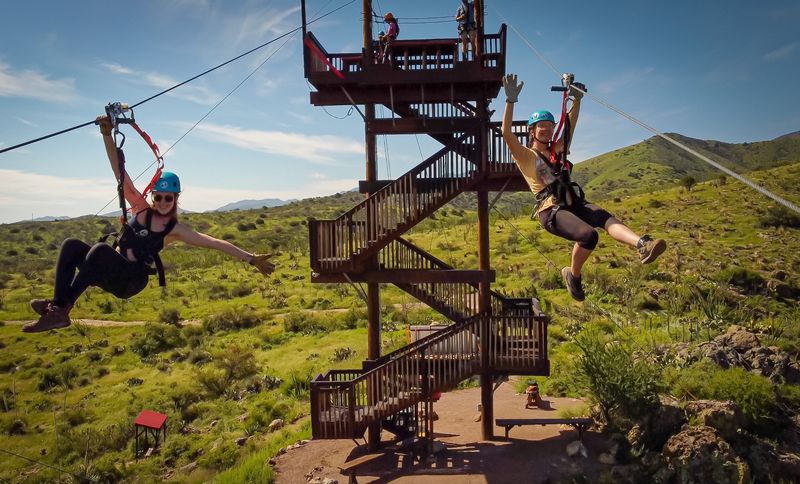
Soaring high above mesquite trees and cactus-dotted landscapes delivers an adrenaline rush unlike any other. Five ziplines carry thrill-seekers over spectacular canyon views at speeds reaching 40 mph.
The full experience takes about three hours and welcomes beginners—no previous experience required. Reservations are essential, especially during weekends when spots fill quickly. Wear closed-toe shoes and bring sunscreen!
4. The Oracle Patio Café
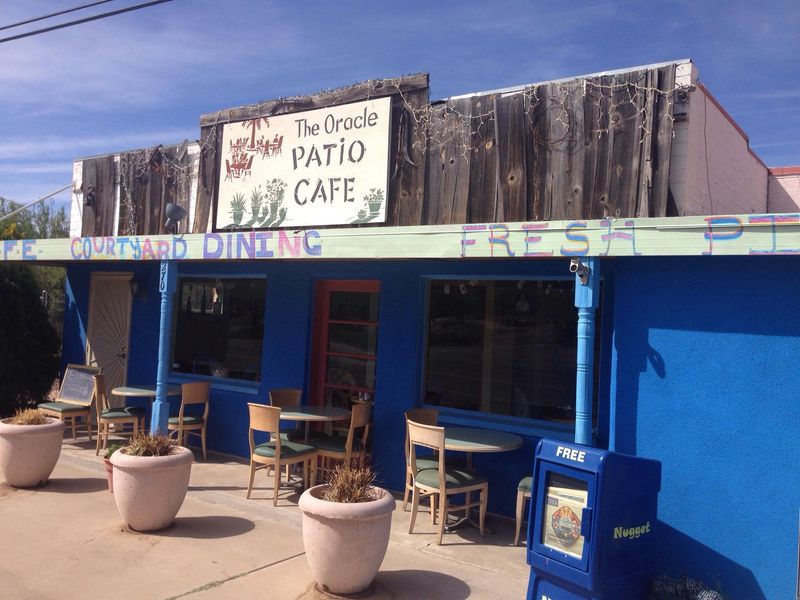
Hungry hikers flock to this charming eatery for hearty breakfasts and homestyle lunches. The shaded patio offers mountain views while you savor locally-inspired dishes.
Oracle Patio Café’s green chile breakfast burrito has achieved legendary status among regulars. Their fresh-baked pies make the perfect reward after a morning of exploration. Cash is preferred, though cards are accepted for purchases over $10.
5. American Flag Ranch
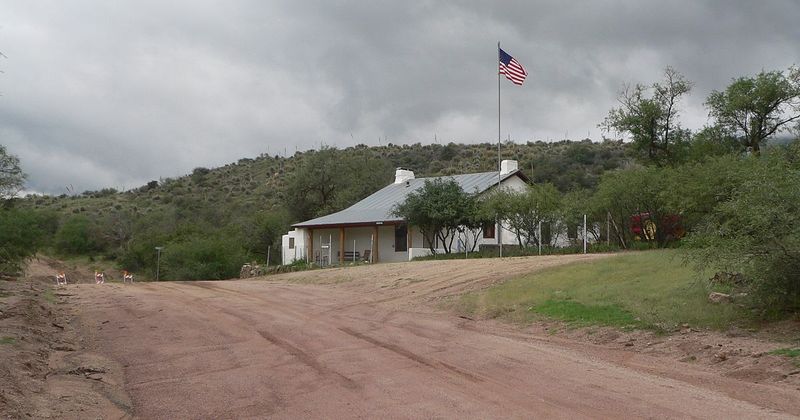
History buffs will marvel at this preserved 19th-century homestead tucked into the foothills. Once a stagecoach stop and later one of Arizona’s first post offices, this ranch tells stories of frontier life.
American Flag Ranch requires some navigation skills to locate—follow Buffalo Bill Road about 1.5 miles from Oracle’s center. Allow 45 minutes to explore the grounds and photograph the weathered adobe structures.
6. Acadia Ranch Museum
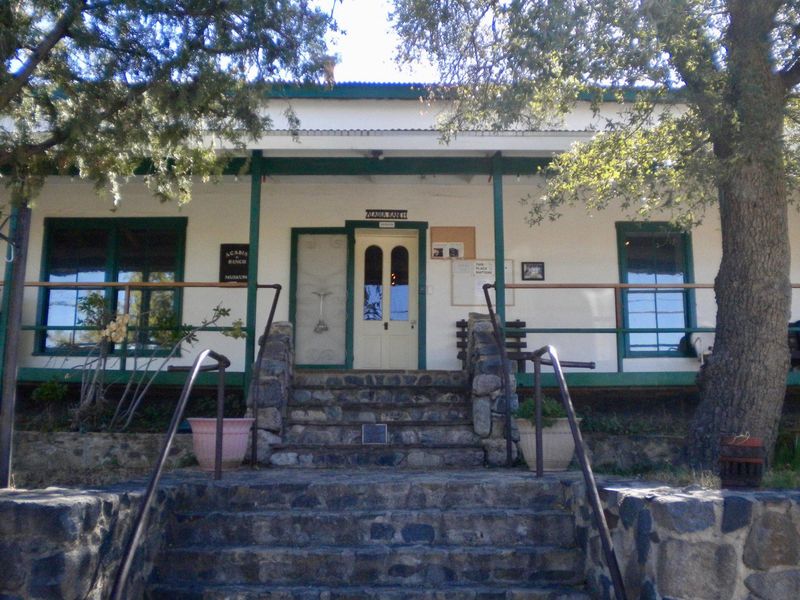
Housed in a restored 1880s tuberculosis sanatorium, this unexpected gem preserves local heritage with fascinating displays. Photographs, mining equipment, and household items reveal Oracle’s surprising past.
The Acadia Ranch Museum operates entirely through volunteer efforts. Their knowledgeable docents share captivating stories about the town’s mining boom, ranching era, and health resort days. Open weekends only—check current hours before visiting.
7. Oracle Artist Studio Tour

Creative spirits thrive in these mountain foothills, opening their private workspaces during this self-guided adventure. Painters, sculptors, jewelers, and potters welcome visitors into their creative sanctuaries.
The annual tour typically happens in April, with a smaller event in November. Maps guide you to participating studios where artists demonstrate techniques and sell one-of-a-kind pieces. No appointment needed—just follow the distinctive yellow signs.
8. Rancho Robles Historic Guest Ranch

Step back in time at this authentic southwestern retreat where adobe walls hold decades of stories. Originally built in the 1920s as a tuberculosis sanatorium, the property later became a dude ranch.
Rancho Robles offers casitas with rustic charm and modern amenities. Guests can hike property trails, stargaze from private patios, or simply rock in chairs on the historic veranda. The peaceful setting attracts writers and artists seeking inspiration.
9. El Rancho Robles Trails
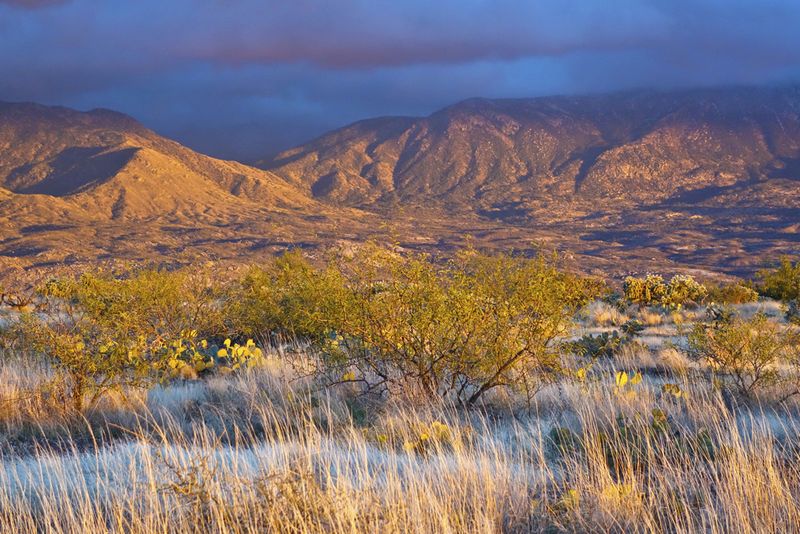
Winding through mesquite bosques and rocky outcroppings, these lesser-known paths offer solitude rare on more popular routes. Desert wildflowers carpet sections of trail in spring, while fall brings golden light perfect for photography.
The trails vary from easy 30-minute loops to challenging climbs with elevation gains. Morning hikes provide the best wildlife viewing opportunities—keep eyes peeled for javelina and desert tortoise. Bring plenty of water regardless of season.
10. Mountain Biking In The Santa Catalina Foothills
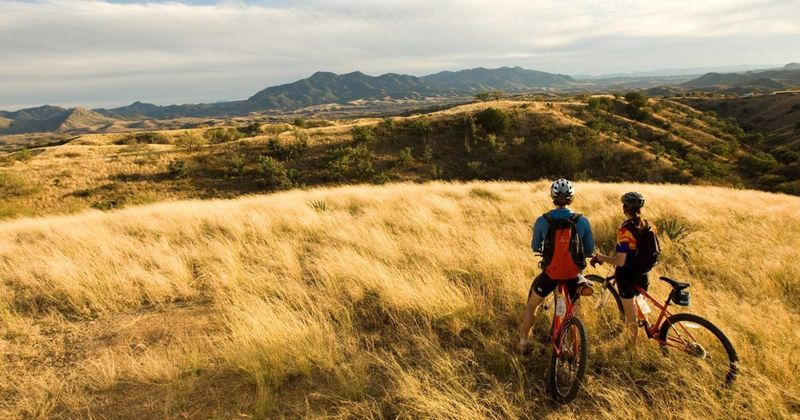
Pedaling these rugged trails delivers heart-pumping adventure and jaw-dropping vistas around every turn. Single-track paths range from beginner-friendly loops to technical routes challenging even experienced riders.
The Santa Catalina foothills offer year-round riding possibilities, though early mornings prove most comfortable during summer months. Local bike shops can provide trail maps and rental equipment. The Tiger Mine and Arizona Trail sections rank among riders’ favorites.
11. Underestimating Elevation And Weather Shifts

Sudden temperature changes catch many visitors off guard in this transitional zone. Morning hikes might start in jacket weather but quickly warm to uncomfortable levels.
Oracle sits at 4,500 feet elevation, creating microclimates that differ from nearby Tucson. Pack layers regardless of season, and always carry more water than you think necessary. Afternoon thunderstorms appear with little warning during monsoon season (July-September).
12. Skipping Reservations For Biosphere 2
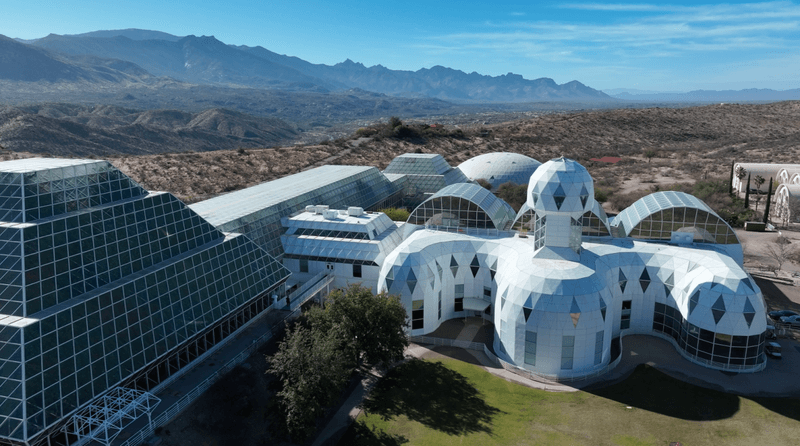
Arriving without tickets leads to disappointment as tour groups regularly reach capacity, especially on weekends. The facility strictly limits visitor numbers to protect research areas.
Biosphere 2 operates on a timed entry system with tours departing hourly. Book online at least 48 hours ahead during peak seasons (October-April). Last-minute visitors might wait hours for an opening or miss out entirely on this bucket-list experience.
13. Assuming It’s Just A Day Trip

Rushing through Oracle means missing its subtle charms and hidden treasures that reveal themselves slowly. The relaxed pace of exploration here requires more than just a few hours.
Oracle rewards those who linger with spectacular sunsets, night sky viewing, and morning wildlife encounters. Consider booking at least one overnight stay to experience both the vibrant daytime activities and the peaceful desert evenings.
14. Missing Local Dining Spots Off The Main Road

Familiar chain restaurants don’t exist in this authentic mountain town. Culinary adventures await those willing to explore side streets and follow local recommendations.
Oracle’s best eateries often operate in converted houses or historic buildings with limited signage. Check hours before visiting—many restaurants close between lunch and dinner or take mid-week days off. The Oracle Trading Post’s deli counter serves unexpectedly delicious takeaway options.
15. Visiting Only In Peak Summer Heat

Scorching temperatures from June through August limit outdoor activities to early morning or evening hours. Hiking becomes genuinely dangerous by mid-day when trails offer little shade.
Oracle shines brightest during spring (March-May) when wildflowers bloom and temperatures remain moderate. October through November offers another perfect window with golden light, cooler days, and spectacular fall color in the higher elevations.
16. Overlooking Trail Maps Or Local Regulations
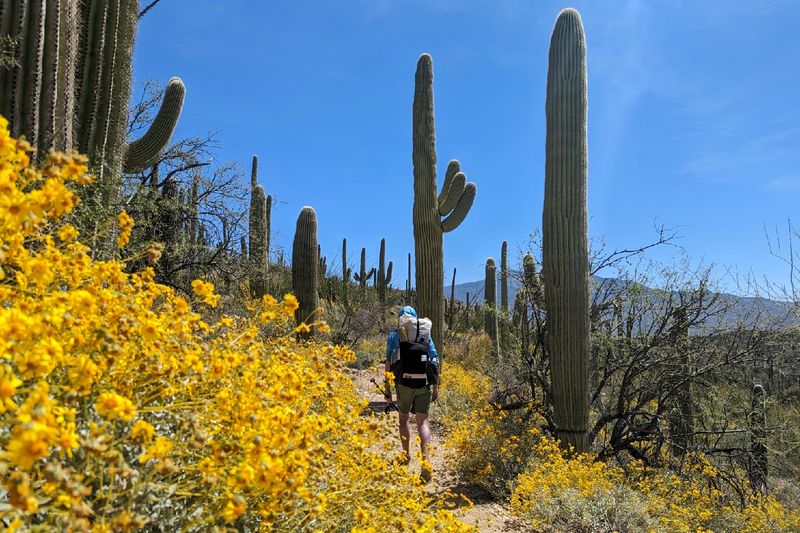
Wandering off established paths creates environmental damage and personal risk in this sensitive desert ecosystem. Trail closures happen regularly due to wildlife activity or preservation efforts.
Responsible explorers check with Oracle State Park or local ranger stations for current conditions before setting out. Fire restrictions frequently limit camping options during dry periods. Download offline maps—cell service remains spotty throughout much of the surrounding wilderness.
17. Ignoring Wildlife Warnings And Desert Safety Tips

Rattlesnakes, scorpions, and javelina aren’t just southwestern folklore—they’re regular residents you’ll likely encounter. Respecting wildlife means keeping safe distance and never approaching or feeding animals.
Stay on marked trails and check shoes and gear before use. Watch where you place hands when climbing or sitting on rocks. Javelina appear docile but can become aggressive if cornered or if they perceive threats to their young.
